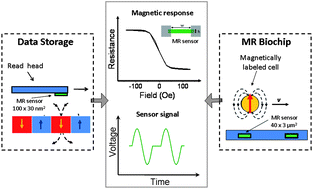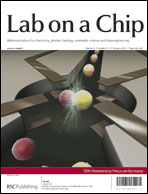Spintronic platforms for biomedical applications
Abstract
Since the fundamental discovery of the giant magnetoresistance many spintronic devices have been developed and implemented in our daily life (e.g. information storage and automotive industry). Lately, advances in the sensors technology (higher sensitivity, smaller size) have potentiated other applications, namely in the biological area, leading to the emergence of novel biomedical platforms. In particular the investigation of spintronics and its application to the development of magnetoresistive (MR) biomolecular and biomedical platforms are giving rise to a new class of biomedical diagnostic devices, suitable for bench top bioassays as well as point-of-care and point-of-use devices. Herein, integrated spintronic biochip platforms for diagnostic and cytometric applications, hybrid systems incorporating magnetoresistive sensors applied to neuroelectronic studies and biomedical imaging, namely magneto-encephalography and magneto-cardiography, are reviewed. Also lab-on-a-chip MR-based platforms to perform biological studies at the single molecule level are discussed. Overall the potential and main characteristics of such MR-based biomedical devices, comparing to the existing technologies while giving particular examples of targeted applications, are addressed.


 Please wait while we load your content...
Please wait while we load your content...